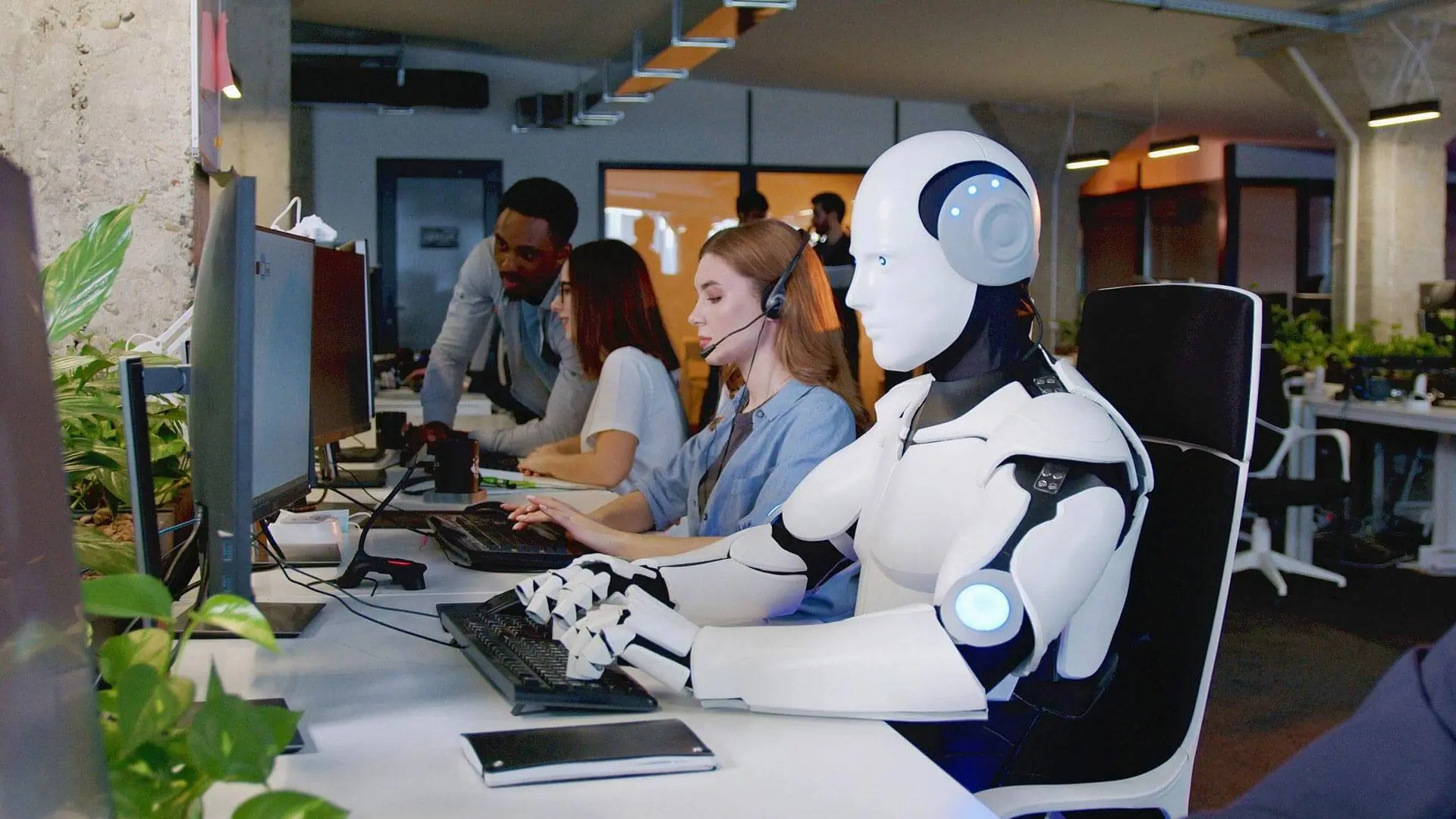On June 17th, Andy Jassy, CEO of Amazon, made public an internal communication to employees warning that, in the coming years, artificial intelligence would significantly reduce the company’s workforce by automating numerous operational roles.
Just two weeks later, Amazon also announced that it had reached the milestone of one million robots operating in its facilities. This marks a watershed moment which, according to The Wall Street Journal, will soon result in the number of robots in Amazon’s warehouses equaling that of human employees (currently around 1.56 million). The direct consequence of this strategy echoes the future scenario outlined by Jassy in his memo: a drastic reduction in staff.
These announcements reflect a growing trend among global companies, where the push for automation is radically transforming the job market. From Duolingo, which is replacing outsourced workers with AI solutions, to Shopify, which requires teams to justify human resource use over automated alternatives, AI adoption is leading to a gradual downsizing of the workforce. Additionally, companies like Microsoft, IBM, and Workday have significantly reduced their headcounts, partly to integrate AI into their operations.
There are also cases of regret and reversal. Swedish “buy now, pay later” firm Klarna, after betting heavily on automation—cutting up to 2,000 jobs and retaining only technical roles—changed course last month. The company acknowledged the limitations and flaws of large-scale AI implementation and launched a hiring campaign for remote workers to ensure that customers still have the option to speak with a real person.

The global job market and large industrial groups, however, seem determined to follow the other model—Amazon’s, to be clear. The World Economic Forum predicts that by 2027, 23% of jobs will undergo structural changes, with 69 million new jobs created and 83 million eliminated. A Goldman Sachs study estimates that generative AI could automate the equivalent of 300 million full-time jobs globally by 2030, boosting global annual GDP by 7%.
Despite the creation of new jobs, undeniable gains in efficiency, productivity, and speed, crucial contributions in fields like medicine and scientific research, and the emergence of new professions linked to the use and implementation of AI systems, this rapid acceleration toward automation raises doubts and concerns about the fate of millions of workers who will be unable to adapt in time or who will be pushed out of the labor market. While many companies view AI as a lever to cut costs, the reality is that, in the absence of concrete solutions for job reintegration, these changes risk deepening social inequalities and increasing the economic insecurity of millions.
This could be called the paradox—or the broken promise—of automation: for years, tycoons, economists, and techno-enthusiasts have told us that technology would improve our working conditions and our lives, ultimately freeing us from the burden of labor.
History, from the Second Industrial Revolution to today, tells a very different—and often more complicated—story. In the late-capitalist world we live in, we are not freer from work, but paradoxically more precarious, exploited, and replaceable than before.

According to Jason Resnikoff, professor of Contemporary History at the University of Groningen and author of Labor’s End: How the Promise of Automation Degraded Work (University of Illinois Press, 2022), automation—starting from the Fordist model—has always been framed as a push toward a better society, but in reality, it has contributed to increasing and, in some cases, accelerating the exploitation of labor.
“We must stop repeating the narrative that the problem is AI itself,” writes researcher Diletta Huyskes in her newsletter Resistere all’inevitabile. “The problem is the absence of policies governing this change: it’s the decisions of CEOs and institutions that determine who works, how, and under what conditions. We shouldn’t ask if AI will take our jobs—we should ask why no one is doing anything to stop it.”
Without an adequate welfare system—including retraining measures and income support—AI integration could indeed become more of a threat than an opportunity.
It is essential to strengthen existing welfare systems and consider introducing collective support measures, such as universal basic income, to mitigate the negative effects of technological unemployment. Only with forward-thinking and truly inclusive policies—ones that not only promote technological innovation but also ensure workers’ well-being—can automation become a driver of progress rather than a source of inequality.
Is a graduate in Publishing and Writing from La Sapienza University in Rome, he is a freelance journalist, content creator and social media manager. Between 2018 and 2020, he was editorial director of the online magazine he founded in 2016, Artwave.it, specialising in contemporary art and culture. He writes and speaks mainly about contemporary art, labour, inequality and social rights.